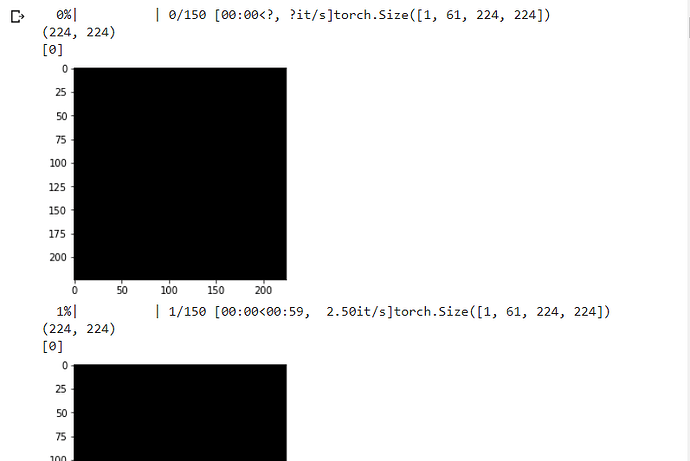Hi! I am currently working to develop a model that can hopefully take an RGB image containing garbage and outputs a segmented image (i am hoping to segment it according to the 60 categories I defined). I used Adam as the optimizer and cross-entropy as the loss_function. During training, (I tried 10 epoch at most), the lowest loss value I got was 0.14. This is my training script:
BATCH_SIZE = 4
EPOCHS = 10
def train(model):
model.train()
for epoch in range(EPOCHS):
for i in tqdm(range(0, len(img_train), BATCH_SIZE)):
batch_img_train = img_train[i:i+BATCH_SIZE].view(-1, 3, 448, 448)
batch_mask_train = mask_train[i:i+BATCH_SIZE].view(-1, 1, 448, 448)
model.zero_grad()
outputs = model(batch_img_train)
loss = loss_function(outputs, batch_mask_train.squeeze(1).long())
loss.backward()
optimizer.step() # Does the update
print(f"Epoch: {epoch}. Loss: {loss}")
return batch_img_train, batch_mask_train, outputs
train(model)
while this is my validation script ( I also tried to print predictions here):
def test(model):
model.eval
correct = 0
total = 0
with torch.no_grad():
for i in tqdm(range(len(img_test))):
real_class = mask_test[20]
net_out = model(img_test[i].view(-1, 3, 224, 224))[0]
predicted_class = torch.argmax(net_out, 0)
prediction = predicted_class.eq(mask_test[20])
plt.figure(figsize=(22,8))
plt.subplot(1, 3, 1)
plt.imshow(img_test[20].view(-1, 224, 224, 3).detach().cpu().squeeze())
plt.title('original image')
plt.subplot(1, 3, 2)
plt.imshow(real_class.cpu().squeeze())
plt.title('ground truth')
plt.subplot(1, 3, 3)
plt.imshow(predicted_class.cpu().squeeze())
plt.title('predicted mask')
test(model)
but my predictions are way to false because my model tends to classify every pixel as backgroudn despite having a small loss value. I read about class imbalance and even tried implementing IoU in the training but I couldnt get it right. I am very confused right now, can someone please please help me?



 For binary segmentation with high class imbalance, I believe the Dice loss or Intersection over Union loss are better than the Cross Entropy.
For binary segmentation with high class imbalance, I believe the Dice loss or Intersection over Union loss are better than the Cross Entropy.